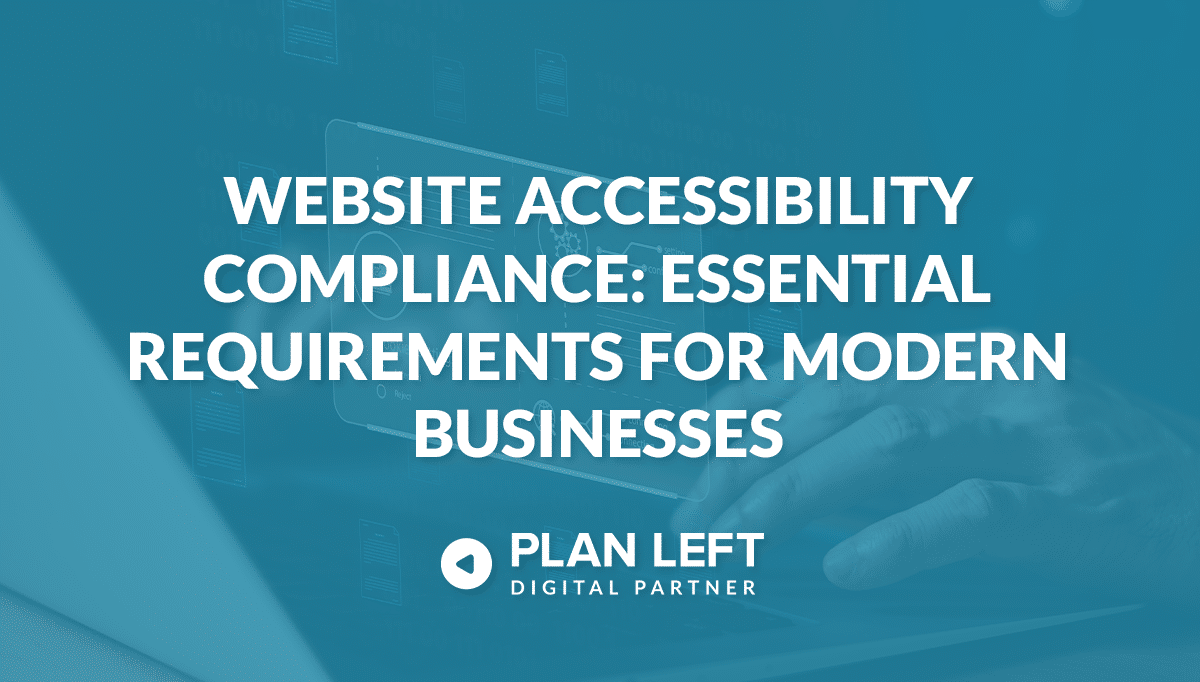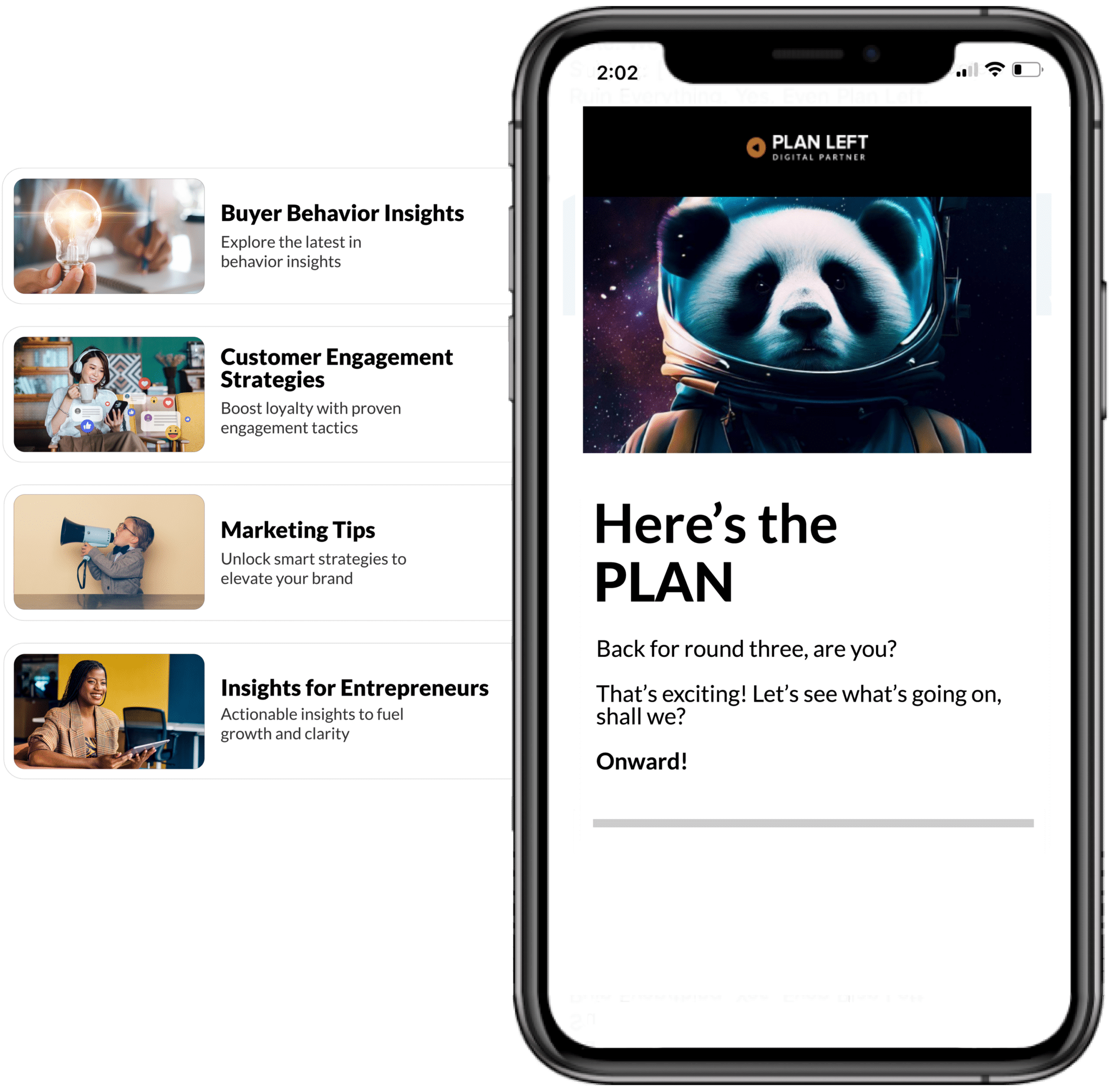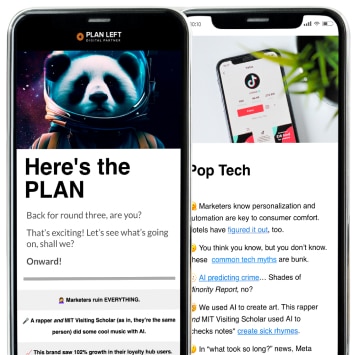
For modern businesses, website accessibility compliance is not only about avoiding lawsuits but also about fostering innovation, improving user experience, and expanding market reach. This guide outlines the essential requirements for achieving and maintaining compliance in today’s digital landscape.
ADA Website Compliance Standards for 2025
The ADA requires businesses to ensure their websites are accessible to individuals with disabilities. While the law itself doesn’t specify technical standards, WCAG 2.1 Level AA has become the widely accepted benchmark for compliance. With WCAG 2.2 released in late 2023, businesses are encouraged to adopt these updated guidelines to stay ahead of legal and technological changes.
The Department of Justice (DOJ) has reinforced its commitment to web accessibility by adopting WCAG standards for Title II entities (state and local governments). Although private businesses under Title III are not yet mandated to follow specific technical standards, courts increasingly reference WCAG as the standard for ADA compliance. This trend signals the growing importance of aligning with these guidelines.
Industry-Specific Considerations
Certain industries, such as e-commerce, healthcare, and education, face heightened scrutiny due to the critical nature of their services. For example, online retailers must ensure that product descriptions, forms, and checkout processes are accessible, while educational institutions must provide accessible learning materials and platforms.
For businesses operating globally, it’s important to consider international accessibility laws like the European Union’s EN 301 549 or Canada’s Accessible Canada Act. These regulations often align with WCAG standards but may include additional requirements.
Core Technical Requirements for Compliance
Website Structure and Code Requirements
- Use semantic HTML to create a logical structure that assistive technologies can interpret effectively.
- Implement ARIA (Accessible Rich Internet Applications) roles to enhance navigation for screen readers.
- Avoid empty headings or redundant tags that confuse assistive tools.
Design and User Interface Standards
- Ensure sufficient color contrast between text and background to accommodate users with low vision or color blindness.
- Provide keyboard navigation for all interactive elements, such as drop-down menus and buttons.
- Avoid flashing content or animations that could trigger seizures.
Content Accessibility Guidelines
- Include alt text for all images and graphics to describe visual content for screen reader users.
- Provide captions and transcripts for video and audio content to make multimedia accessible to users with hearing impairments.
- Use clear, simple language to improve readability for users with cognitive disabilities.
Mobile and Cross-Platform Compliance
With mobile usage continuing to grow, websites must be designed responsively to ensure accessibility across devices. Features like scalable text, touch-friendly interfaces, and compatibility with mobile screen readers are essential.
Verification and Documentation Requirements
Testing and Validation Procedures
Conduct regular accessibility audits using both automated tools and manual testing by individuals with disabilities. Usability testing provides valuable insights into real-world barriers that automated scans might miss.
Required Documentation and Policies
Develop an accessibility statement outlining your commitment to compliance and detailing available accommodations for users with disabilities. Maintain internal documentation on your website’s accessibility features and remediation efforts.
Compliance Monitoring Tools
Leverage tools like WAVE or Axe to identify issues in real-time as your website evolves. Automated scans should complement—not replace—manual testing.
Reporting and Record-Keeping
Keep detailed records of audits, updates, and user feedback to demonstrate ongoing efforts toward compliance. This documentation can serve as evidence of good faith in case of legal challenges.
Building a Sustainable Compliance Program
Establishing a comprehensive accessibility policy is a foundational step for ensuring website accessibility compliance. This policy should define your organization’s approach to digital accessibility, including clear goals, assigned responsibilities, timelines, and procedures for identifying and addressing barriers.
Training your team—designers, developers, and content creators—is equally critical. By equipping them with knowledge of accessibility best practices, they can seamlessly integrate these principles into daily workflows. Assigning clear roles for maintaining compliance across departments ensures accountability and consistency.
Accessibility is not a one-time effort but an ongoing process. Regular updates are necessary as new content is added or standards evolve. Scheduling periodic reviews helps identify areas needing improvement and keeps your website aligned with current requirements. Additionally, it’s essential to establish a protocol for addressing user-reported accessibility issues promptly. This includes providing visible contact information on your website so users can report barriers or request accommodations efficiently.
Accessibility as a Growth Opportunity
Website accessibility compliance is more than a regulatory obligation—it’s an opportunity to innovate, expand your audience, and build trust among users. By adhering to modern accessibility standards like WCAG 2.1 or 2.2 Level AA and maintaining a proactive approach to compliance, businesses can create inclusive digital experiences that benefit everyone.
Start by conducting an audit of your current website, addressing priority areas like navigation, multimedia content, and mobile compatibility. Build a sustainable program that integrates accessibility into every aspect of your operations—from design to ongoing maintenance—and stay informed about evolving standards.
Accessibility isn’t just about meeting legal requirements; it’s about leading the way toward a more inclusive digital future.
Explore Latest Posts
The constant tug-of-war between strategic vision and operational demands defines the modern CEO experience. While your company's future depends on ... read more
December 4, 2025
Your revolutionary product could change industries, but if you can't explain it clearly, it might never reach the people who ... read more
December 2, 2025
The war for tech talent has never been more intense. While established giants throw around seven-figure compensation packages and startups ... read more
November 27, 2025
Essential Strategies for Entrepreneurs
Get Actionable Business Insights & Marketing Tips
Our newsletter delivers real-world strategies from entrepreneurs who’ve been exactly where you are.
Sign up now for:
- Actionable growth strategies that work
- Insider tactics for attracting top talent
- Real-world case studies from successful founders
- Emerging tech trends that drive innovation
- Pragmatic marketing approaches for visionary leaders




